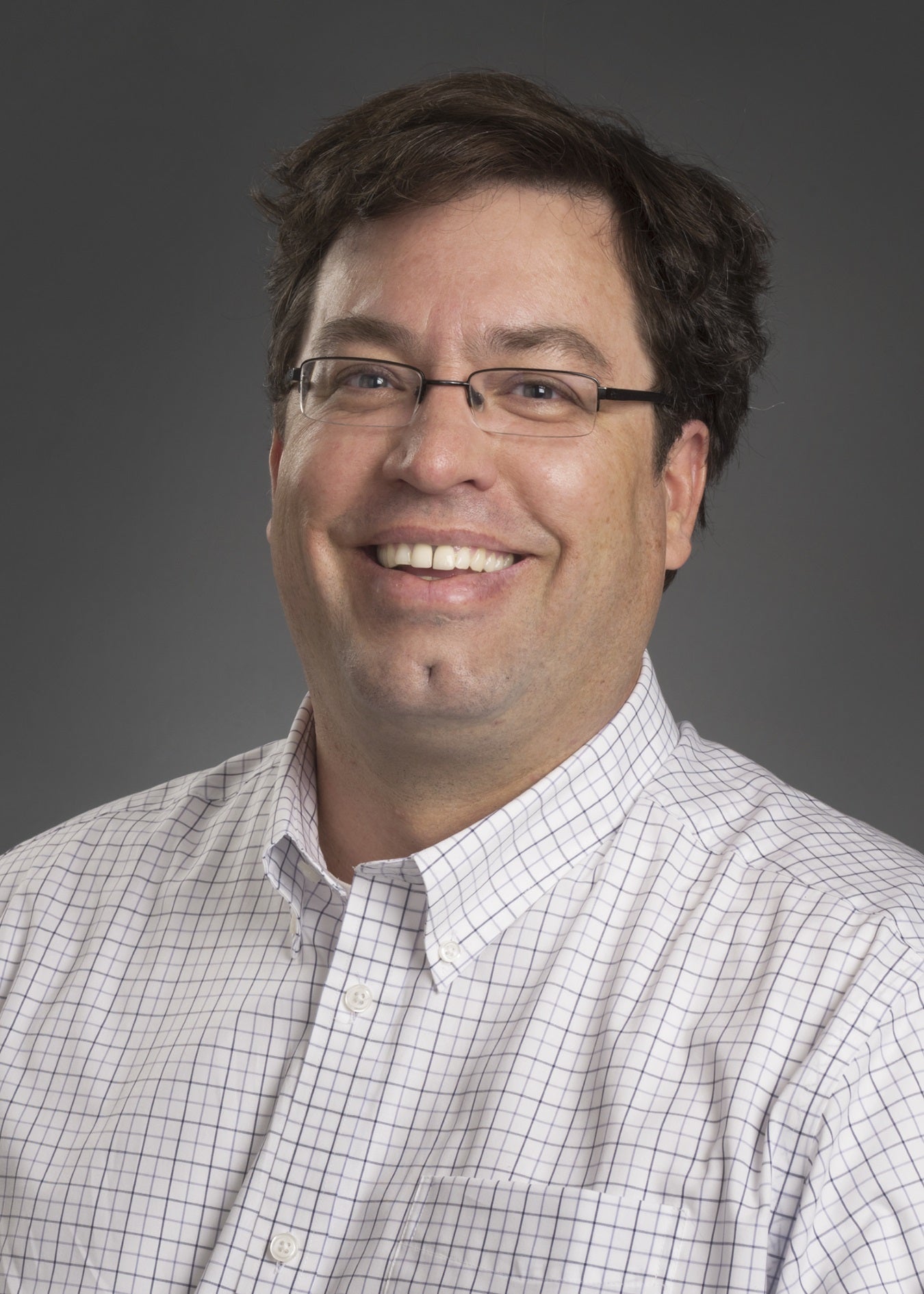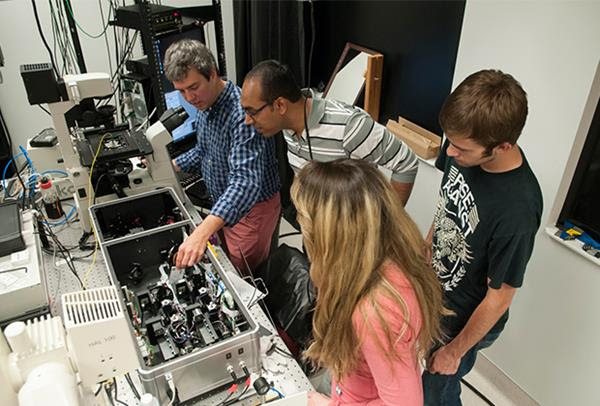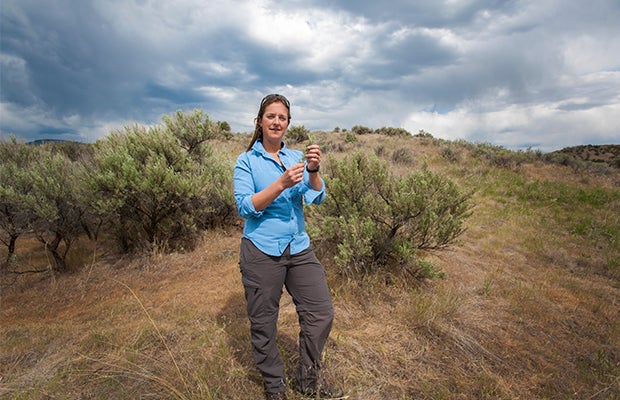Dr. Alex Punnoose Named Cottrell Scholar

Boise State Distinguished Professor of Physics Alex Punnoose has been honored as a Cottrell Scholar by the Research Corporation for Science Advancement. He originally received an early career Cottrell College Science Award in 2003. This exceptional group of Cottrell Scholars represents about 3 percent of faculty supported by the Cottrell College Science Award over the last 25 years.
As a Cottrell Scholar, Punnoose is a member of an outstanding network of teacher scholars from both primarily undergraduate institutions and research universities. Cottrell Scholars are regularly invited to attend the annual Cottrell Scholar Conference in Tucson, Arizona, and are eligible for a number of career advancement award opportunities. New ideas for collaborative projects emerge at the annual conference and opportunities to participate are available to all Cottrell Scholars in attendance.
Punnoose is one of 50 outstanding faculty who are joining the Cottrell Scholar program in 2015, from institutions such as University of Arizona, Cal Tech, Columbia, Georgia Tech, Harvard, MIT, Northwestern, Notre Dame, Princeton, Rice, Stanford, University of Washington and more.
A complete list of Cottrell Scholars is available at rescorp.org/cottrell-scholars.
Dr. Don Warner Awarded Osher Institute Grant for Faculty Research

Dr. Warner, was chosen as an 2015 Osher Faculty Grant recipient. Osher Faculty Grant 2015 recipients and their projects were selected from applications from tenured and tenure track faculty across disciplines. The grant was established by the Osher Institute Advisory Board four years ago as a way to support Boise State faculty and help raise awareness of the Osher Institute within the university. Annual member contributions to Osher’s Excellence Fund make the grant possible.
Dr Warner will be working with an industry partner, Gem Pharmaceuticals. The long term goal is to develop novel analogs of doxorubicin, a clinically important anticancer agent that is used to treat leukemias, lymphomas, soft tissue sarcomas, breast, lung and numerous other cancers. Doxorubicin’s use, however, can result in a life-threatening toxicity to the heart that can manifest itself in patients up to 20 years after completion of treatment. Consequently, treatment must be stopped after about six months of treatment, regardless of whether or not the patient has been cured. Warner’s team has prepared a new doxorubicin analog and evidence suggests that it will lack the cardiotoxicity. Thus, the focus of the Osher Lifelong Learning Institute project is to gain information about its anticancer activity. The results of this project will be combined with that other studies to determine if the new drug is a viable replacement for doxorubicin.
Dr. Cheryl Jorcyk Co-authored an Article Published in Nanoscale

Goltry S, Hallstrom N, Clark T, Kuang W, Lee J, Jorcyk C, Knowlton WB, Yurke B, Hughes WL, and Graugnard E. DNA Topology increases molecular machine lifetime in human serum. Nanoscale, 7(23), 10382-90, 2015. PMID: 25959862.
Dr. Eric Hayden Co-authored an Article Published in the Proceedings of the National Academy of Sciences
Hayden, E.J., Bendixsen, D.P., and Wagner, A. (2015). Intramolecular phenotypic capacitance in a modular RNA molecule. Proceedings of the National Academy of Sciences 201420902.
Microscope Reveals a Little Splice of Life

Using laser scanning fluorescence microscopy, Boise State biophysicist Matt Ferguson is getting a close-up look at what’s happening inside living cells in real time.
Thanks to the Human Genome Project, we know that less than 2 percent of our genome contains protein-coding DNA sequences. But there’s still a lot to learn about how genetic information results in life as we know it through orchestrated transcription of various genes, translation of messenger RNAs into proteins and interactions of DNA, RNA and proteins.
Jennifer Forbey’s Fulbright Could Lead to More Effective Drugs

Jennifer Forbey, associate professor of biological sciences, will travel to Sweden and Norway in February 2016 on a Fulbright Scholar award.
Forbey will spend four months studying the co-evolutionary relationship between plants and herbivores in an effort to speed the discovery of new and more effective drugs to treat diseases, particularly those that have developed multidrug resistance. She has done similar research with Idaho sage-grouse and pygmy rabbits for several years.
Dr. Cheryl Jorcyk Co-authored a Paper Published in Elife

Bolin, C. M., Tawara, K., Sutherland, C., Anderson, R., & Jorcyk, C. (November 13, 2014). Abstract 1469: Mechanisms of oncostatin M (OSM)-mediated breast cancer metastasis to bone: Evidence for a role in osteoclastogenesis. Cancer Research, 71, 4183.